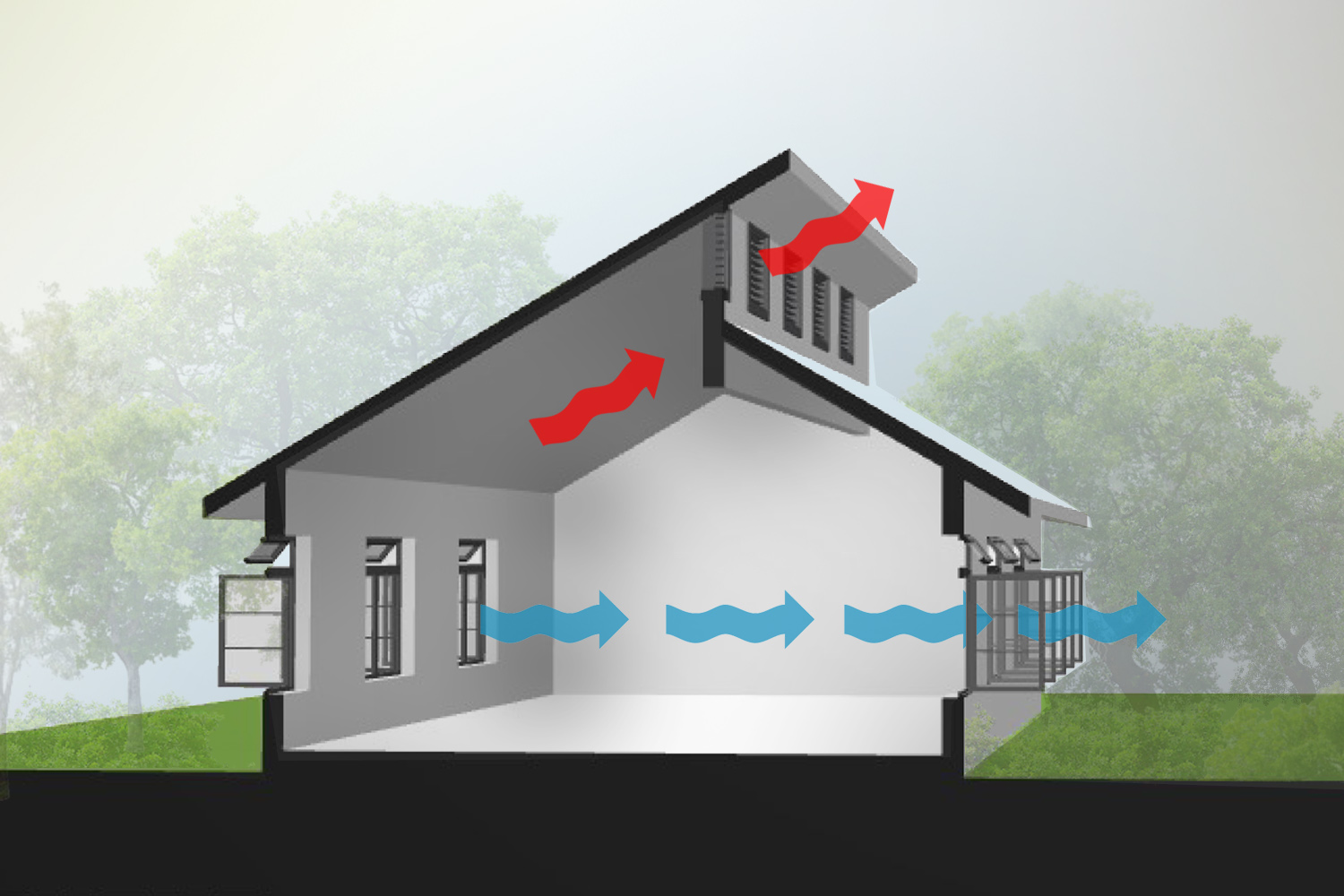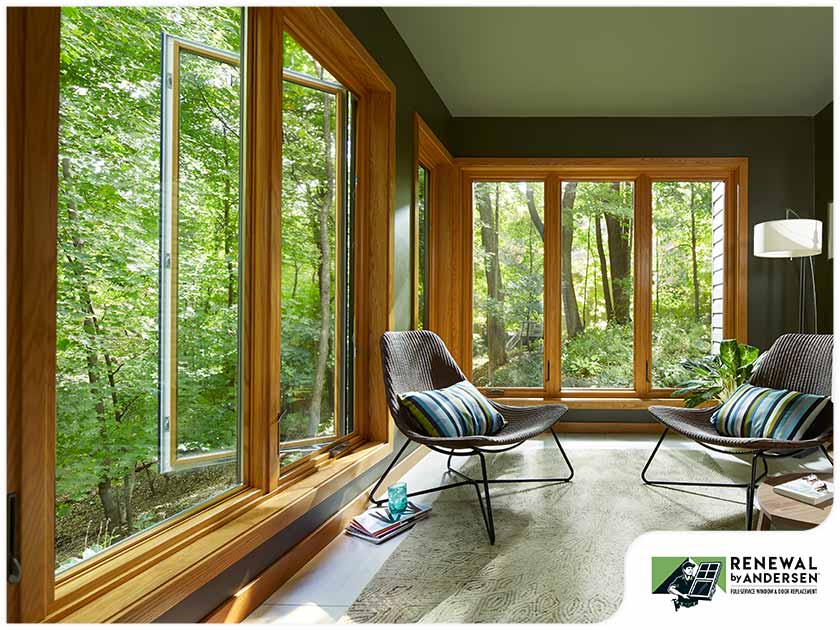Professional Tips for Maintaining Home Ventilation Melbourne Systems
The Function of Home Air Flow in Stopping Mold and Indoor Allergens
Home ventilation is a critical element in keeping a healthy indoor environment. It controls moisture levels, which can stop the growth of mold and the buildup of irritants. Many house owners overlook the value of appropriate air flow, often resulting in unseen problems. Recognizing exactly how air flow systems feature and their effect on air quality could be the trick to a healthier home. What steps can be required to boost these systems properly?
Recognizing Home Air Flow Solutions
While many property owners may neglect the importance of air flow, recognizing home ventilation systems is crucial for maintaining interior air quality and protecting against mold and mildew development - Home Ventilation Melbourne. These systems facilitate the exchange of stale indoor air with fresh exterior air, efficiently minimizing contaminants and dampness degrees. Typical types include natural air flow, which relies upon wind and temperature level differences, and mechanical air flow, which uses ducts and followers to manage airflow. Furthermore, balanced ventilation systems integrate both techniques to optimize air high quality. Appropriately created and preserved ventilation systems can assist control temperature and humidity, making sure a comfy living atmosphere. Home owners need to consider factors like home occupancy, climate, and design when picking a ventilation system to best match their requirements and boost general air top quality
The Impact of Moisture on Mold And Mildew Development
Moisture plays an essential function in mold and mildew growth, making it a crucial element for house owners to keep an eye on. Mold and mildew grows in atmospheres where moisture levels surpass 60%, as these conditions give the wetness required for spores to germinate and proliferate. High humidity can arise from different sources, including bad air flow, water leakages, and cooking or showering tasks. When humidity levels continue to be raised, mold and mildew can establish rapidly on organic materials such as timber, fabric, and drywall. Property owners ought to utilize dehumidifiers and assure appropriate air flow in areas prone to dampness, such as basements and washrooms. Maintaining indoor humidity in between 30% and 50% can substantially lower the threat of mold and mildew development, contributing to a healthier living atmosphere.
Determining Typical Indoor Allergens
Indoor atmospheres can nurture a range of allergens that influence wellness and comfort. Usual indoor irritants consist of dirt termites, pet dander, mold spores, and plant pollen. Dirt termites grow in bedding, carpets, and furniture, feeding on organic product and adding to respiratory concerns. Pet dog dander, composed of little flakes from skin and hair, can trigger allergic responses in sensitive people. Mold and mildew spores, commonly present in damp locations, can impact and proliferate air quality. Furthermore, pollen can penetrate homes with open windows or on apparel. Recognizing these irritants is vital for maintaining a healthy interior environment. like this Awareness of their existence enables home owners to take aggressive actions to minimize exposure and enhance overall indoor air quality.
Advantages of Correct Ventilation
Appropriate ventilation is vital for preserving a healthy indoor atmosphere, as it helps to regulate air high quality and reduce the buildup of pollutants. Ample air flow facilitates the exchange of exterior and indoor air, thereby thinning down dangerous compounds such as unpredictable organic compounds, irritants, and dirt. This process not just improves comfort however also adds to the general well-being of passengers by lessening respiratory problems (Home Ventilation Melbourne). Proper ventilation effectively regulates humidity levels, lowering the likelihood of mold development and fostering a drier atmosphere helpful to health and wellness. In addition, it can enhance energy performance by making certain that heating & cooling systems run more properly, resulting in reduced power expenses. Overall, appropriate air flow is a crucial component in advertising a healthy and secure living space

Tips for Improving Home Air Flow
Many house owners might overlook it, enhancing home ventilation is necessary for enhancing air top quality and avoiding mold and mildew development. One reliable strategy is to on a regular basis open windows to advertise cross-ventilation, enabling fresh air to circulate. Mounting exhaust fans in kitchens and restrooms can efficiently get rid of moisture-laden air, decreasing moisture levels. Property owners should likewise think about utilizing air purifiers with HEPA filters to record irritants and pollutants. Routinely keeping heating and cooling systems, including transforming filters, guarantees come to a head air movement and efficiency. Securing leakages around home windows and doors can prevent outside air from going into, which aids keep a regular interior atmosphere. Incorporating houseplants can normally improve air high quality while adding aesthetic worth to the home.
Often Asked Inquiries
Exactly how Frequently Should I Tidy My Home Ventilation System?
Determining just how frequently to cleanse a home ventilation system relies on various aspects, including use and ecological conditions. Home Ventilation Melbourne. Usually, professionals suggest an extensive cleansing every three to 5 years to preserve perfect air movement and efficiency
Can Plant Kingdom Help Reduce Indoor Allergens?
Study shows that specific indoor plants may help in reducing allergens by boosting air quality and raising humidity. Their effectiveness differs, and keeping a tidy environment stays important for handling interior irritants effectively.
What Kinds Of Air Filters Are Finest for Mold And Mildew Prevention?

Are There Particular Ventilation Requirements for Cellars?

Exactly how Do I Know if My Air Flow Is Working Successfully?
To determine efficient ventilation, one need to keep track of moisture degrees, check air flow through vents, and observe signs of condensation or stationary air. Normal assessments can indicate whether the system properly distributes and exchanges indoor air.
Comprehending how ventilation systems feature and their effect on air top quality might be the secret to a healthier living space. While numerous property owners may neglect the significance of ventilation, understanding home ventilation systems is important for preserving indoor air quality and stopping mold growth. Common kinds consist of all-natural air flow, which depends on wind and temperature distinctions, and mechanical air flow, which uses ducts and followers to manage air flow. Proper ventilation is essential for keeping a healthy link and balanced indoor environment, as it helps to manage air top quality and minimize the buildup of pollutants. Several home owners might neglect it, improving home air flow is necessary for improving air quality and protecting against mold and mildew growth.